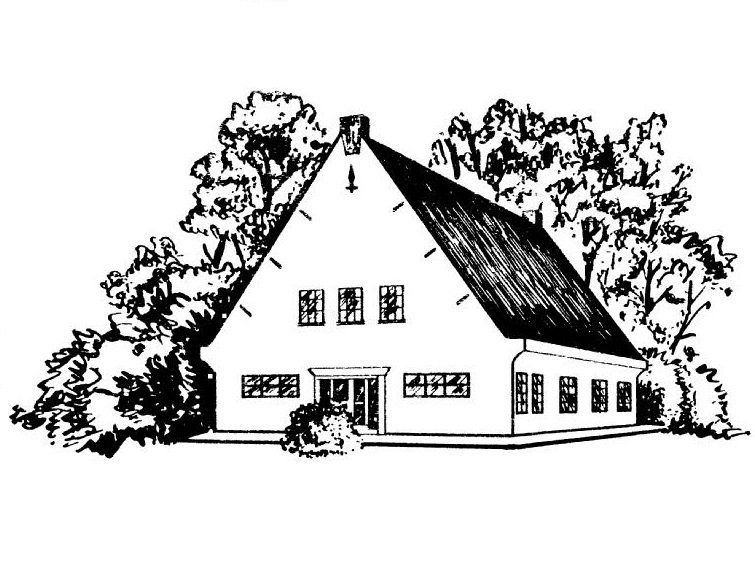mission
Since 2006 we have been doing our best to promote the beautiful beers from our region.
We currently have more than 100 beers from the Zenne valley: Brussels and Pajottenland.
Get to know these beautiful beers from our passionate brewers and stylists.
Breweries
Support
History
Lambic is undoubtedly the oldest of all the beers we know today. We can say that the first lambic was brewed before 1300. Until around 1860, lambic, faro and meerts were the only beers brewed in Brussels. After a long period of downward spiral, new brewers and masters have been added since 2005.
Brewing Lambic and Gueuze
Traditionally, lambic is (partially) brewed in open vats, after which the wort is poured into a cooling vessel where it is exposed to the air overnight. During this cooling down wild yeasts nest in the wort, these come from the air, the sea water, the barrels, etc. After this cooling period the lambic is drawn into oak barrels where it continues to ferment.
Cherries, raspberries or other fruits can be added to the barrel to make fruit lambic later. Juices or concentrates can also be used instead of whole fruits.
Geuze is not "brewed", but "stabbed". It is created by mixing lambics from different brews and of different ages. After refermentation in the bottle for 10 to 12 months, a clear, sparkling beer is born.
Legally protected name
“Old” refers to the method of preparation, which must be old or 'traditional' (à l'ancienne in French) and brewed in the region of origin, here in the Zenne valley and Pajottenland.
“Oude Geuze” must be created by a mixture of lambic beers with a weighted average age of at least one year, the oldest of which has matured in wooden casks for at least three years. The mixture must undergo secondary fermentation in the bottle and must meet a number of biochemical requirements after six months of aging in the bottle.
Also "Oude Kriek" has to be fermented in the bottle and there is also a standard for production and chemical properties.
Why so sour?
The lambic beers are originally all sour, because during the fermentation all sugars are converted into alcohol (ideal beer for diabetics by the way). The “Old” beers are therefore by definition sour, with others sugar was added afterwards. E.g .: Faro ..




